Program Outcome Data
| Date | Job Placement | Exam Pass Rate |
|---|---|---|
| 2019 | 80% | 90% |
- Occupational Outlook
Occupational Outlook Handbook, Medical Assistants
Bureau of Labor Statistics, U.S. Department of Labor Last Modified Date: May 2022.
- Program Accreditation
The Medical Assisting Diploma Program is accredited by the Commission on Accreditation of Allied Health Education Programs (www.caahep.org) upon the recommendation of Medical Assisting Education Review Board (MAERB).
Commission on Accreditation of Allied Health Education Programs (CAAHEP)
MAERB
2339 N. California Ave.
#47138
Chicago, IL 60647
Have Questions?
Laura Russell, AAS, CMA(AAMA)
Program Chair Medical Assisting
(704)978-5424 Office
(704) 878-4205 Fax



